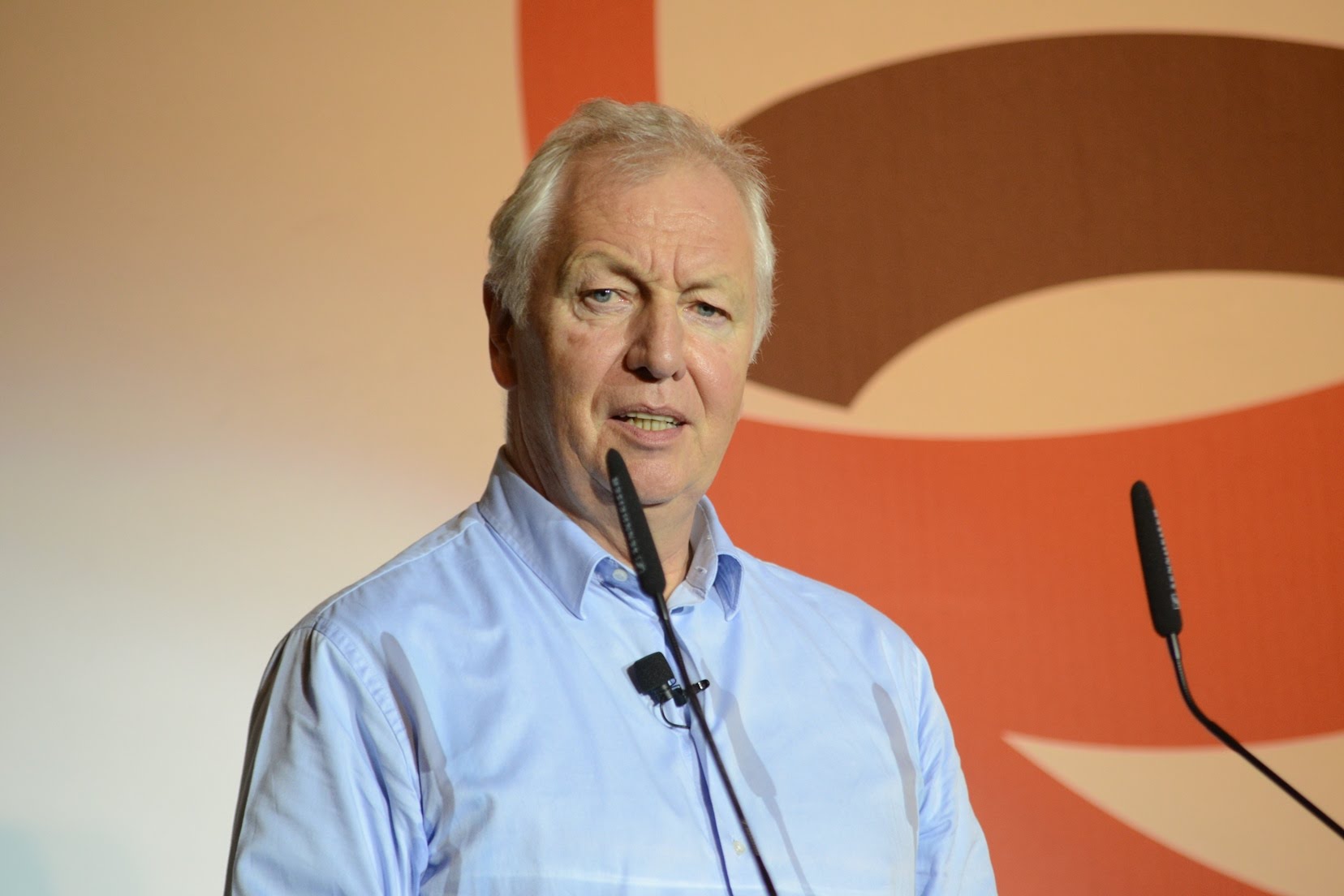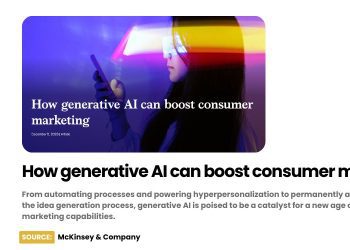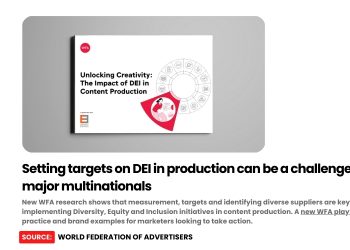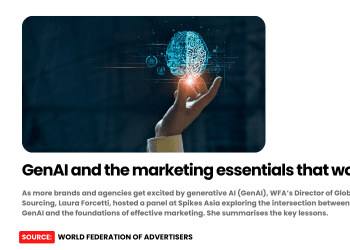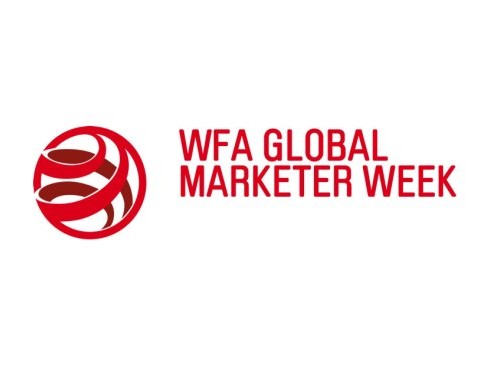David Wheldon, WFA President, CMO RBS gave the state of the union address at this year World Federation of Advertisers (WFA) “Global Marketers Week” currently holding in Toronto Canada.
According to David “Marketers could be forgiven for feeling overwhelmed. New challenges appear to emerge every day – new platforms, new concerns about brand safety, new issues with our agency partners. Reading the trade press at the moment, you might be tempted to feel like it’s a bit “end of days” and you’re in an impossible job.
But you shouldn’t. We should remind ourselves at every step of the way to keep things simple. We are employed to build great brands and the principles of doing that haven’t fundamentally changed.
What has changed is the way that we reach out to consumers and the way that we work with our partners, both agency and media owners. That is where today’s big challenges lie and where we need a rethink.”
He went further to give 5 key areas he believes marketers should focus on:
Firstly: Protecting your brand
We live in a world of populist, partisan politics, fake news and alternative facts. That’s not an easy place for brands. If marketers want to select just one aspect of programmatic to understand, then brand safety should be it.
Brand safety means not only ensuring that your ad isn’t a pre-roll to a jihadi video but also that you are not center stage on divisive content in a way that makes it appear as if you are taking sides. Social media can be the easiest place to lose friends if you aren’t careful.
Brand safety also means knowing where your budget is going. This means putting the tools and processes in place to ensure that potential buyers, not bots are viewing your ads. In the era of zero-based budgeting, ad fraud is more than just a waste, it’s ineffective and, more often than not, avoidable.
Secondly: Build your brand on the basis of business impact
Metrics are too easy to mess up but, frankly, hugely simple to get right. Find the ones that have a direct link to business outcomes. Getting our house in order means getting our metrics right so that the numbers we seek to move are reflected in our bottom lines.
That might mean reverting to “old-fashioned” brand metrics but the reason we still measure these things is that they have been proven to make a difference.
I am not one of those marketers who think everything was great in the good old days. But if we want to be credible we need to be much more focused on outcomes rather than delivery. Likes, followers, and views are interesting but shouldn’t drive our approach, unless and until they have been proven to deliver a return on your objectives.
Thirdly: Rebuild trust with our agency partners
If we didn’t have agencies then we’d have to invent them. They bring huge value to us as marketers but clearly not everything is right in the relationship. WFA has long advocated greater media transparency globally. The Association of National Advertisers’ report last year brought the issue to a head.
There is clearly a lot of work to do to rebuild trust between clients and agencies. The digital ecosystem – the salami-slicing of budgets through the ad:tech supply chain – needs to be less opaque and open for all to understand so that every participant proves the value they add to the people who pay them, the marketers.
I believe that collaboration with our partners is a pre-requisite for success. But the current ecosystem has to change before we stand any chance of improving our relationship with those that matter most, namely consumers.
Fourthly: Deserve people’s attention
For all the technology at our disposal us today, there’s no substitute for creativity. The great campaigns of the past worked – not because the environment was less competitive – but because they were truly creative.
Today too many brands are churning out content to the detriment of creativity. The pity is that it doesn’t have to be that way. There are more smart people in our industry than ever before. There are lots of great professionals who can make meaningful connections with people in almost every agency and brand.
The danger is that too much poor-quality content, poorly placed and delivered in irritating formats is just turning people away. 11% of the global internet population now blocks ads. Adblocking is enjoying 30% year-on-year growth. Our online audience is actually shrinking rather than growing!
The much-touted promise for our industry was that targeting would enable brands to reach people in a timely, relevant and welcome fashion. Instead, we are annoying people. Worse still we’re scaring people by giving them the impression that we know too much about them.
New rules coming out of Europe (The General Data Protection Regulation) will flip the paradigm from one where consumers ‘blindly’ give their consent to one where people need to opt into receiving brand communications. This will make it harder than ever to connect with people online.
But the good news is that great content will always find its way to consumers. It’s easier than ever to share great content with friends. Truly creative brands will always find a way to win people’s attention.
Fifthly: Put people first
It may be a hard pill to swallow but one that all marketers should bear in mind. We might care about our brands and products but consumers probably don’t. According to the latest Havas Meaningful Brands research found that consumers wouldn’t care if 74% of brands disappeared tomorrow.
It gets worse. Not only do they not care about brands, they often blame them for some of society’s problems: be it obesity, binge-drinking, indebtedness, gambling, over-consumption…
We need to be self-aware and humble. We need to be mindful of the behavior we seek to encourage through our marketing. We must remember that great brand marketing works by building connections that appeal to our very human and enduring needs.
As the late, great Bill Bernbach put it, “a communicator must be concerned with the unchanging man, with his obsessive desire to survive, to be admired, to succeed, to love, to take care of his own.” Only through knowing what is of meaning and value to people will you truly find a way into their lives.
For all the talk of all the challenges we face, the hardest thing is to keep things simple. But if you can do that then there has never been a better time to be in marketing.

